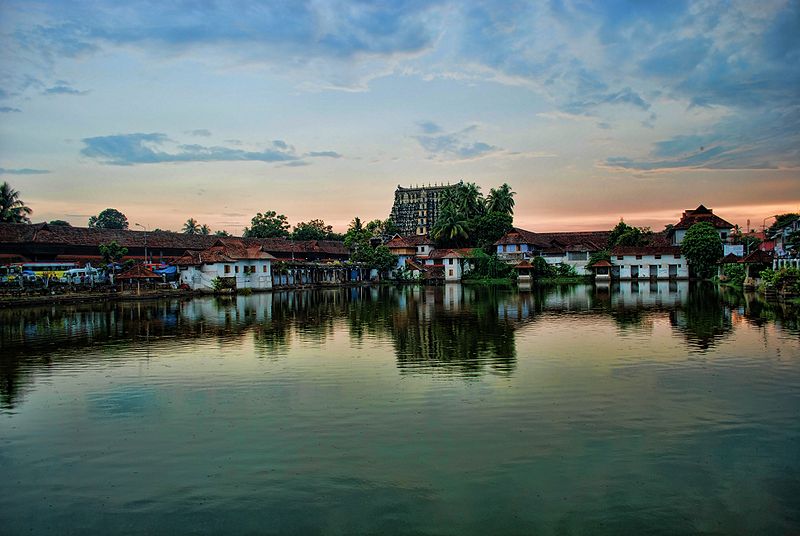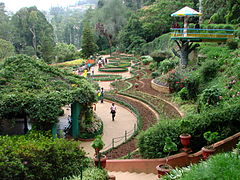
Ladakh, one of the most exotic locations in India, is home to some of the most beautiful gompas, refreshing locations and warm people. The stark mountains change colours as the day unfolds. The setting sun brings on the shades of purple, orange, maroon to the slopes of these lofty mountains. If you travel to this place just as the winter is setting in and the mercury plummeting to -20, try sitting by the river Indus and listening to the tinkle of the icicles floating on the river. These very stark surroundings sprout into green patches in the summers with sudden new streams flowing between them.
Of the many travel stories of Ladakh, today let me tell you the Zanskar Indus confluence at Nimmu. We were excited about our trip and so layered in woollens, since the winter was setting in, we started for the day. On our way we came to two very interesting spots. The first stop was at Patthar Sahib Gurudwara, a place where Guru Nanak is said to have humbled a demon who tried to kill him by rolling a boulder down while he was meditating. However, the bid was futile as the Guru continued his meditation. the livid demon then tried to push the boulder down on him by his foot. The boulder now has an imprint of the foot on one side and the outline of Nanak Lama, the local name given to Guru Nanak, on the other side.
Around thirty kilometers from Leh, towards Kargil, the driver stopped the ignition of the vehicle we were travelling in. Surrounded by elevations, the vehicle started moving uphill on its own. A signboard greeted us thus,
 |
| Courtesy Wikipedia |
It was eerie to feel the vehicle slowly move uphill surrounded by a bare landscape. The driver took great delight in creating a drama out of the incident. We were in the mysterious Magnetic Hill of Ladakh. There was a rational explanation behind this phenomenon. Since the surrounding elevation had obstructed a view of the horizon, false geographical references played tricks with the eye. What appeared as an uphill slope was in reality a downhill one which allowed the normal gravitational forces to work on the vehicles.
We were now approaching our destination, Zanskar Indus confluence near Nimmu. Ensconced between bare mountains, the road led ahead with a steep drop on one side. Daylight was fading soon and we were rushing against time to reach Nimmu. The wind was sharp and biting into us. The mountains were already casting their long shadows. Finally we reached the point where the river Zanskar flowing rather sluggishly from the Zanskar range, had joined the sparkling and bubbling Indus river. It was breathtaking to watch the contrasting rivers come together with their distinct identity. One was a sprightly and clear blue green Indus while the other was the muddy and slow Zanskar which gradually freezes in the winter. It is said that in the summers it is quite the opposite. The Zanskar river gushes down with great might while the Indus flows placidly. We sat there by the road and watched the waters of the two rivers meet and yet remain distinct.The river then flows to Batalik as one.
 |
| The Confluence Courtesy Wikipedia |
There are many moments when one feels humbled by nature. Zanskar Indus confluence is one such. But then the entire Ladakh region is a humbling experience especially it's people's collective stories of endurance and tenacity. If you ever visit this region do listen to their tales and all told with that twinkle in the eye and faces crinkling into smiles weathered in the harsh climate.


































